How does Overtime work in the NHL?
If you often get tickets and watch a hockey game you must be a hockey lover. Being a hockey lover you would enjoy watching hockey games for 3 hours non-stop. You wouldn’t be bored even for a second. What if there is a tie at the end of the game? You might feel bored for a moment. But, as soon as overtime starts it will increase the suspense and excitement of the game.
Now you would be pondering how does overtime work in NHL? In regular seasons, When a game is tied at the end, after 60 minutes of play 5, extra minutes will be given to the players. If any of the two teams scores a goal game will end. But if both teams remain scoreless overtime will go to the shootout.
Here in this article, we will explain all about NHL overtime. Stay tuned till the last word of the article and make your game more exciting for the next time.
History of NHL overtime Rules?
NHL started using the 5-on-5 format with 20 minutes in 1921. But in 1927, When NHL was still using the sudden-death format they reduce the 20 minutes of overtime to 10 minutes. One year later, the sudden-death format was changed to non-sudden death. If both teams scored the same game will end in a tie.

In 1942, this 10-minute overtime period was stopped due to world war 2. NHL Introduce that when a game would be tied it will end with a tie. For playoffs, a 20-minute period was given after a tie at the end of the game. Five minutes sudden-death format for regular hockey games was re-introduced after 40 years.
The 5-on-5 format was continued until 1999 and then replaced with 4-to-4. Shootout time was implemented in 2005. After an overtime period in which neither team scored, the game will be decided by a shootout. This was the final time to decide the winner after overtime. In 2015, the 3-on-3 format was introduced.
How the overtime period is played?
After the overtime begins, all players on both teams are reduced to 3-on-3, excluding the goalkeeper. NHL introduced this method to lessen the number of shootouts after overtime and increase the scoring chances.
This was because more players were able to score higher so the game could go to a shootout many times. When the players reduce to the 3-on-3 play method there will be more space to play and the game will end shootout in a few minutes. There is a clear difference between 3-on-3 and 5-on-5 play games.
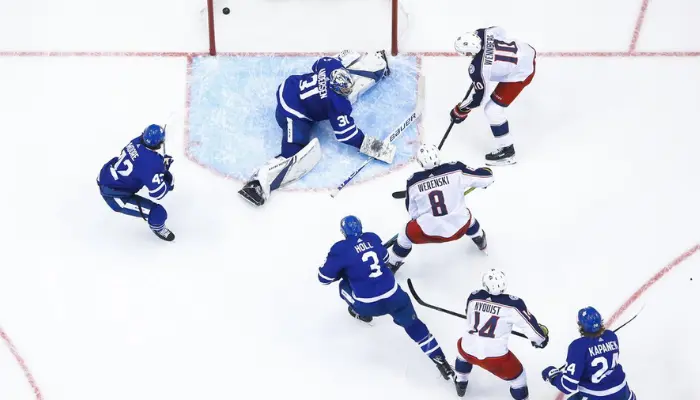
In the case of 5-on-5 play game players are able to hit the puck various times to the offensive zone and set up a scoring chance. This caused the shootout to run for a long period. The 3-on-3 gameplay takes less time to end because the players just hang up on the puck and wait to get a good scoring chance.
Players with the puck turn back to their own zone if he doesn’t feel the setup of the game is suitable for the goal. In the case of 3-on-3 gameplay, players continue to play with the puck until they find a suitable scoring chance.
This might prove a risk because if somehow the team missed their scoring chance the opposing team will get a good scoring chance. In the 3-on-3 gameplay, there is a higher number of attacking teams than defending teams.
Related Post: How Many Hockey Players In a Team?
What happens if there is no goal in overtime?
After a tie at the end of the game, there is overtime of 5 minutes. But, what if overtime also remains tied? Sometimes games are also tied after overtime. Therefore, there is another (Shootout) rule to end the game.
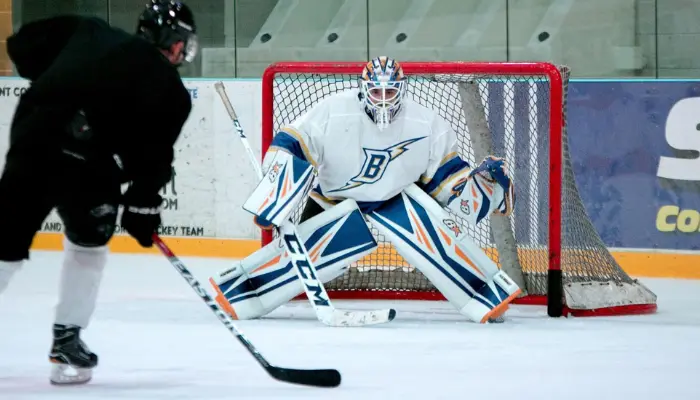
The shootout will be followed when both teams tie after the overtime. In the shootout, both teams can select their 3 best players. These 3 players will play against the opposite team and the team with the high number will be considered the winner.
How are the points determined in hockey standings?
Hockey standing is used to make an estimate of which team will be able to win the Stanley cup. It indicates the points of a team at a specific instant. All NHL regular seasons are played to get an idea about the winning team for the Stanley cup.
The points are estimated according to the number of wins, losses, overtime, and shootouts. In overtime, both teams whether they win or lose points in hockey standing get extra points. The winning team gets two points and another team will get one point. These extra points are given due to overtime and shootouts.
How many points in the standings are awarded to the team if they win or lose?
The one thing to remember is when a team loses in overtime and shootout as well. In NHL standing they will get an extra point. When a team wins they also receive two extra points in NHL standing the same as they can get in the regular season. In short, the losing team also gets a point in NHL standing.
These additional points start due to a decrease in the number of shootouts and players of the teams. This was not fair to give a penalty to a team that played all 60 minutes and also gets an extra point at the last. This was just like a 5-on-5 hockey game. This makes the standing crowded and shootout or overtime loser points might be important.
What happens if there is a penalty in overtime?
Due to a penalty in overtime, the team that hit the puck to the other team’s goal line can’t go to two skaters. In spite, both teams will add some extra skaters and the power play will be 4 vs 3. In the case of power play and the team that penalizes has to come back on the ice and a 4-on-4 game will be played. The 4-on-4 game will be played till the next stop and then will go to the 3-on-3 format.

Related Post: When Will The NHL Playoffs Start?
What are the longest overtime games in NHL playoff history?
If you’re curious to know the longest overtime game in the NHL playoff. Here we are going to discuss the top 3 of them.
1. Redwing vs Montreal Marous
This game lasted for 176 minutes and 3 seconds:
Date: March 24, 1936
Score: Redwings 1, Maroon 0
OT winner: Mud Beunesteau
Round: Stanley Cup semifinal
2. Maple leaf vs Bruins
This game lasted for 164 minutes and 46 seconds:
Date: April 3, 1933
Score: Maple leafs 1, Bruins 0
OT winner: Ken Dorsey
Round: Stanley Cup Semifinal
3. Flyer vs penguins
This game lasted for 152 minutes, 1 sec
Date: May 4, 2000
Score: Flyer 2, Penguins 1
OT winner: Keith Primeau
Round: Eastern Conference Semifinal
How does overtime work in the NHL playoff?
Overtime works differently in playoffs. During the playoffs when a game is tied a 20 minutes overtime starts with a 5-on-5 player format. The game will simply end when any team makes a score, but if both teams still scored the same after the overtime another overtime will be added.
How many time periods can be taken in NHL?
You know that when one overtime starts and then ends at a tie another overtime starts. So, you might be getting a question in your mind: How many times a period can be added? The answer is “Multiple”. Most games end in 1-2 overtimes but various overtimes might be added to the game.
Frequently Asked Questions
What are the rules for overtime in NHL?
There are main three rules for overtime. (1) The team with 3-on-3 hockey will get 5 minutes of overtime. (2) The game will go to the shootout period after the overtime if there is still a tie. (3) Sudden-death style will be followed so, that any of the team can score.
How long is overtime intermission in hockey?
Before the first overtime period starts one-minute intermission occurs in regular-season games. While in NHL playoffs overtime lasts for 20 minutes.
Is NHL hockey overtime sudden death?
Yes, Hockey overtime is sudden- death. Before the World War in 1942 NHL overtime was not sudden death. After that, It was converted to sudden death so, that any of the teams score and win the game.
When did overtime rules change in NHL?
NHL rule was changed after World War 2. It was changed at the start of 1983-84 and reintroduced at that time.
Conclusion: How does Overtime work in the NHL?
I hope now you have an idea about how does overtime work in NHL? Overtime works differently in regular or playoff games. In regular seasons when the game is tied at the end 5 extra minutes are added to the game. Whereas, In playoffs, the overtime period is 20 minutes. This overtime format was changed after world war 2 as well as in 2005. During the overtime, period players reduce from 5-on-5 to 3-on-3 gameplay to end the game in less time.

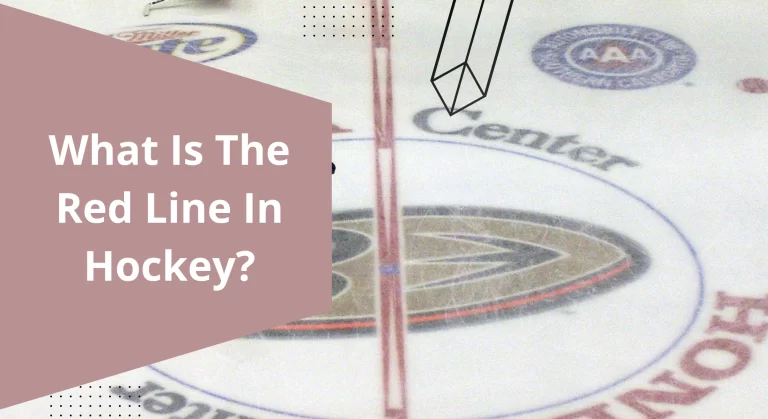
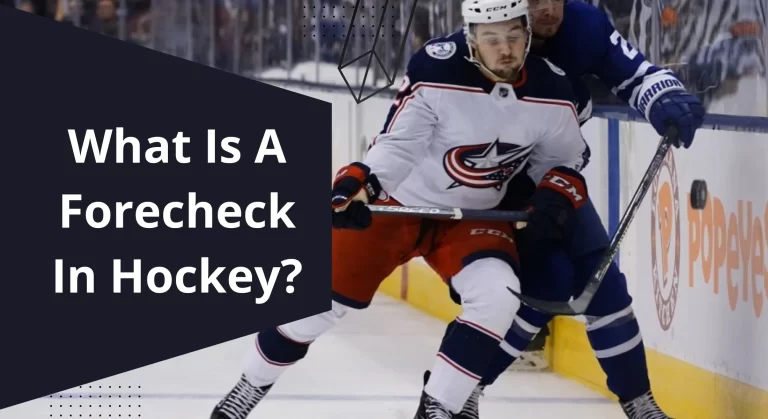
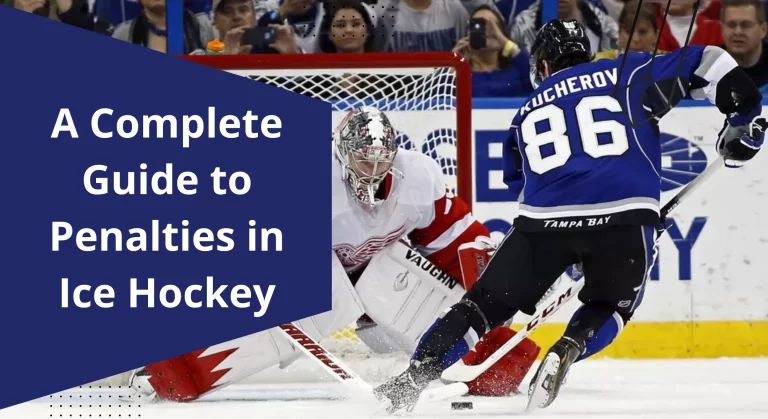
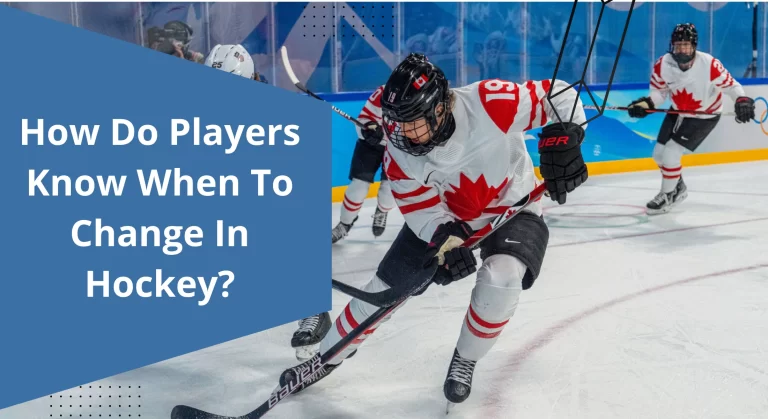

![Why do they switch sides in hockey? [Reason Explained]](https://icehockeyinfo.com/wp-content/uploads/2022/06/Why-Do-They-Switch-Sides-in-Hockey-768x419.webp)